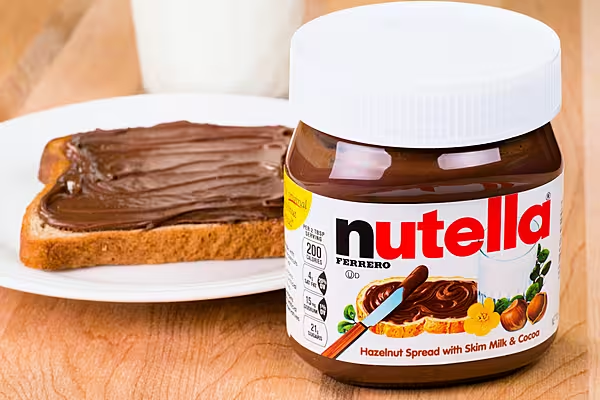A global study by Swiss food company Nestlé has found that there is significant confusion over how much whole grain should be consumed in order to lead a healthy life, and where to source it.
The study by Cereal Partners Worldwide, the producer of Nestlé Breakfast Cereals, surveyed over 16,000 people across the globe.
It revealed some common misconceptions about what products were high in whole grain. Some 38% said they didn’t know what foods contain whole grain. One in 10 respondents falsely believed bananas contain whole grain, while nearly one-fifth thought it is typically found in white bread.
Just over two-fifths (83%) didn’t know how many grams they should be eating on a daily basis and less than half (47%) said that they eat enough whole grain. However, 82% were aware that whole grain is important for a balanced diet.
Healthy Diet
Whole grain is important to a healthy diet and can help prevent chronic diseases such as heart disease, obesity, type-2 diabetes and bowel cancer. The World Health Organization recommends an increase in whole grain consumption as well as plenty of fruits, vegetables, legumes (lentils and beans) and nuts.
The grain is found in barley, brown rice, porridge, whole-wheat bread, pasta or crackers. Bran flakes or other bran cereal are also a source of whole grains.
Nestlé says it has made whole grain the number one ingredient in most of its cereals, adding 28 billion serves of whole grain to people’s diets, reduced sugar by up to 30% and removed 8,000 tonnes of salt.
From October 2017, the Swiss food company adopted colour-coded labelling on its breakfast cereal products, with a full roll-out to be in effect by early 2018.
The traffic-light colour-coded labels highlight the amount of energy, sugar, salt and fat that the cereals contain.
In June, Nestlé announced it planned to reduce the average sugar content in its cereals by 10% before the end of 2018, after a 15% reduction already implemented since 2010.
© 2017 European Supermarket Magazine – your source for the latest retail news. Article by Kevin Duggan. Click subscribe to sign up to ESM: The European Supermarket Magazine.














